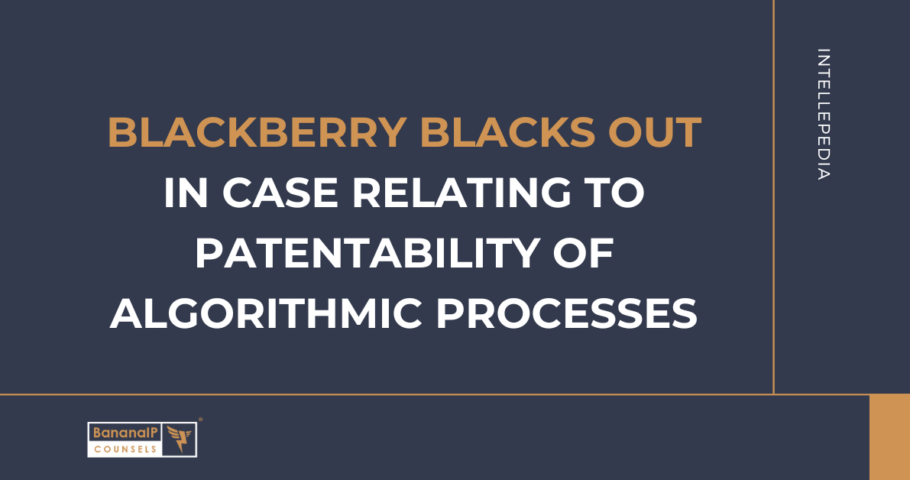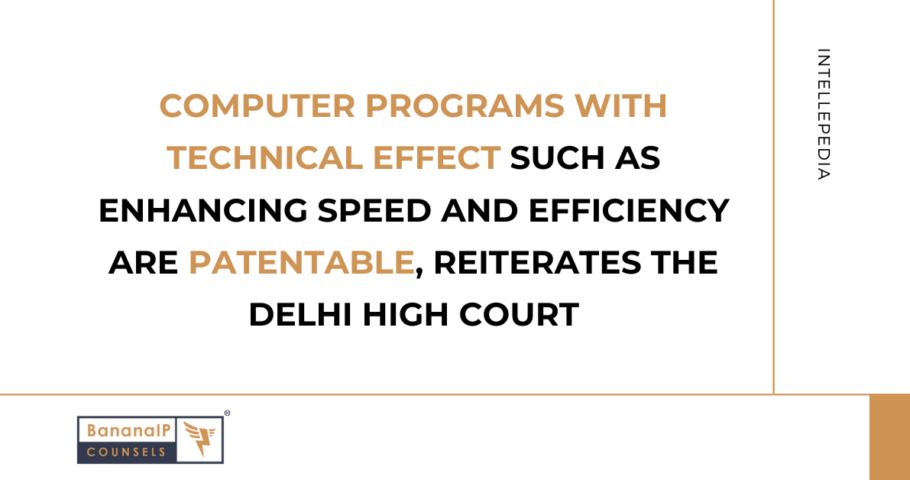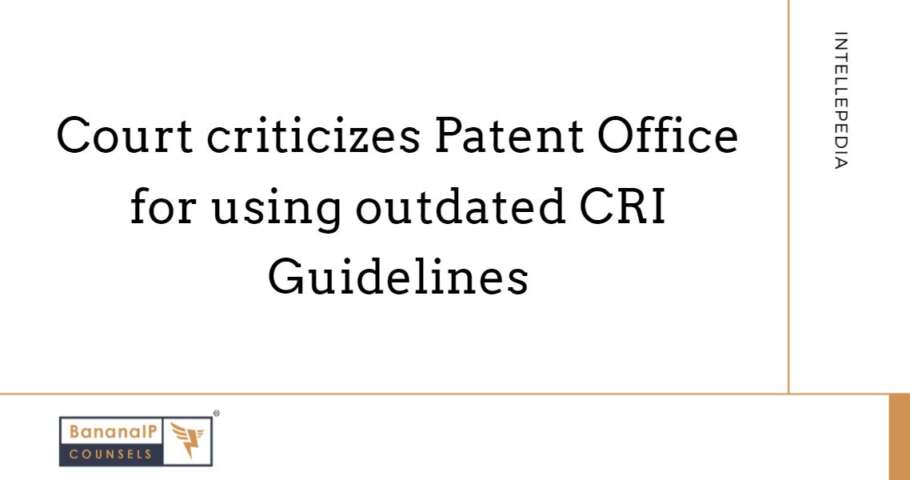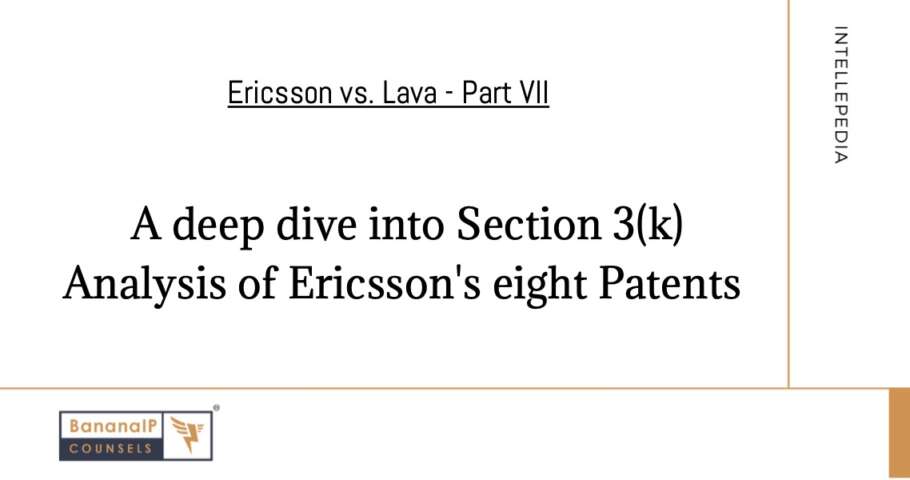The Madras High Court allowed Idemia Identity & Security France’s appeal, setting aside a refusal order under Section 3(k) for a cryptography patent. The Court ruled the order as a non-speaking one and in violation of natural justice. It directed fresh consideration of the matter, emphasizing technical contributions and adherence to CRI and European guidelines. Continue Reading Evaluation of Technical Advancement and Compliance with CRI Guidelines under Indian Patent Law









